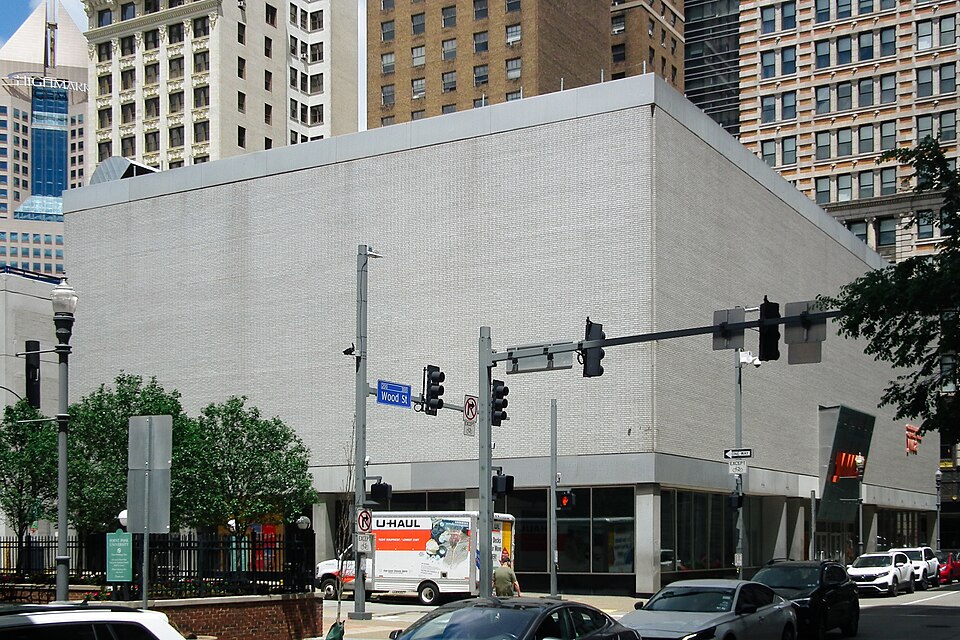
There’s something pleasingly simple about this little apartment building just off the Potomac Avenue business district in Dormont. There are almost no decorative details, but the simple pilasters that frame the front give the building enough texture to carry itself with dignity. The stone lintels over the windows on the side of the building are a clue to its history: the front is probably a later addition, replacing open balconies with extra rooms. But the matching white brick makes the change hard to detect without some concentration.


The entrance (we are able to peer into the shadows by combining three different exposures in one picture) surprises us with classical woodwork and ornamental leaded glass—another clue that this building is older than we would have thought from a glance at the front.

Comments






























